The last episode of
Loki brought all the answers fans have been waiting for. Since the beginning of the series, we already suspected that the
Timekeepers didn't really exist and that the
Temporal Variance Authority (TVA) was run by someone else. After the battle in the Time Void last week, it was finally time to find out who was really responsible for everything. And lo and behold, we were introduced to the
He Who Remains. But who is he?

If you watched the episode and still didn't understand who the character played by
Jonathan Majors is, don't worry, because even though his name isn't mentioned at any point in the episode, we're really talking about the villain
Kang the Conqueror, who is going to be the next big threat in
Marvel's Cinematic Universe (MCU), as many have already speculated. This was a bet that fans had been making before the
Loki premiere, and with each new episode, more elements emerged to reinforce that theory. Majors was already rumored to be a Temporal Despot in
Ant-Man and the Wasp: Quantumania, but no one had any idea if he would appear in the series to confront Loki and Sylvie. And now we know that all that was right and that we are facing the villain - or one of his variants, to be more exact.
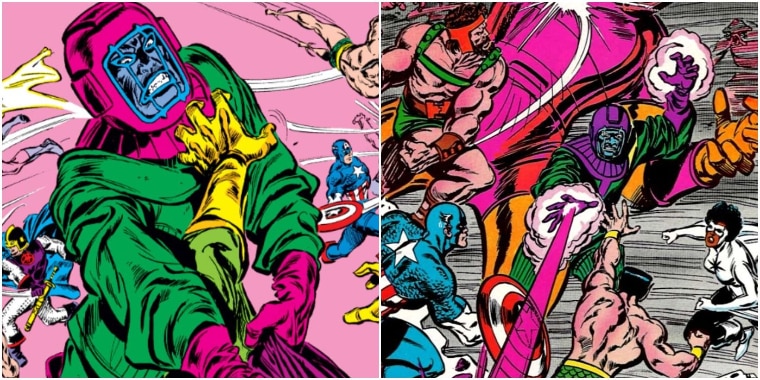
To understand what is coming, it must be clear that there really is the He Who Remains in the comics, and he is not an alternate version of Kang. Instead, he is the creator of the TVA and the Timekeepers themselves - remembering that in the comics, these beings are not puppets, as in the series - to keep the flow of time stable. More than that, he is the essence of the temporal paradox since he is the last living member of the TVA who, at the end of time, creates these beings and the agency itself to monitor the timelines. So what we saw in
Loki's final episode of the character as this great guardian of everything that has happened and what will happen corresponds to what the comics have shown us. However, the big difference lies in the fact that the series set aside the paradox to make the
He Who Remains none other than one of the villainous Kang's variants. And that's where that whole explanation he makes to
Loki and
Sylvie becomes so important.

In the comics,
Kang's primary identity is
Nathaniel Richards, a descendant of
Mr. Fantastic, born in the 31st century, who discovers how to travel through time and from there goes on to conquer those worlds. And, as the series presented, this makes him have an infinity of variants, some even more villainous and others more heroic, as is the case of
Iron Lad, a member of the
Young Avengers. So it is at this moment, inclusive, that we get a brief preview of the character with the comics' look. That is why that version we see in the episode is not necessarily the villainous Kang everyone expected, but one of these alternative versions.
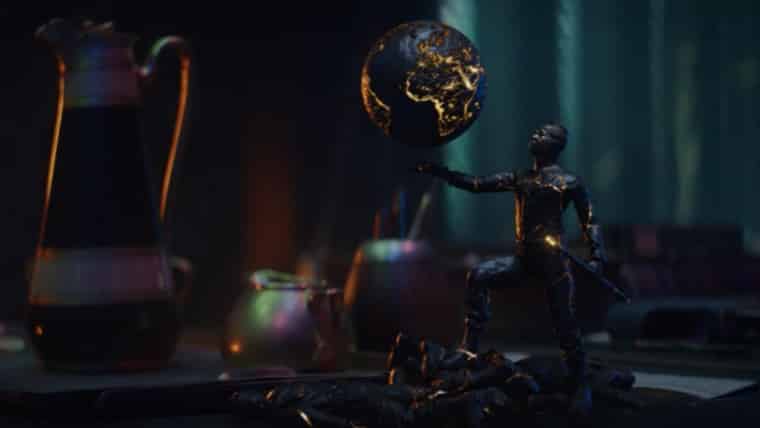
And he anticipates what is to come when he says that if he were killed, a multitude of these evil variants would emerge and that it was of them that the character was afraid - because this encounter has already happened. The multiversal war we heard about in the first episode of the series has taken place, but in a slightly different way than the one shown by
Miss Minutes. Instead of a clash of realities pacified by the Timekeepers, this clash happened because
Nathaniel Richards' variants wanted to dominate each of these worlds, leading these realities to pure chaos. Thus,
He Who Remains becomes the giant responsible for the TVA by finding a way to isolate his other versions and keep that time stream isolated thanks to the strength of
Alioth, who is really a temporal watchdog.
The Future of Kang in the MCU
As everyone has expected, the confrontation with the
He Who Remains results at the end of the Sacred Timeline as a single ordered structure. On the one hand, this means that Marvel's long-awaited multiverse is finally born - which justifies the arrival of
What If...? and
Doctor Strange in the Multiverse of Madness - but also that we should see an even more significant presence of Kang in upcoming productions.
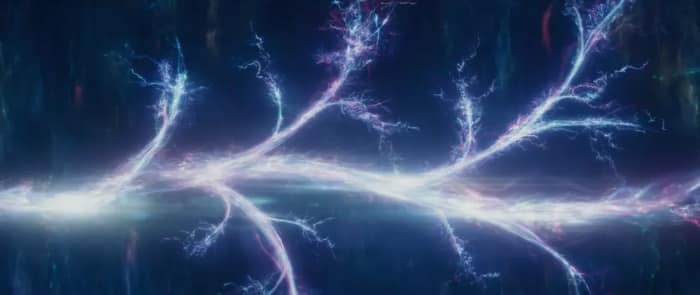
As the variant explains well, his existence and the structure of the TVA served not only to keep the temporal flow in order and unified but also to prevent other realities from coming into contact. And now that none of that exists anymore, it means that the realities are clashing, and there is no longer any barrier preventing
Kang's other variants from attacking the other worlds. In other words, the villain is loose to terrorize the MCU.
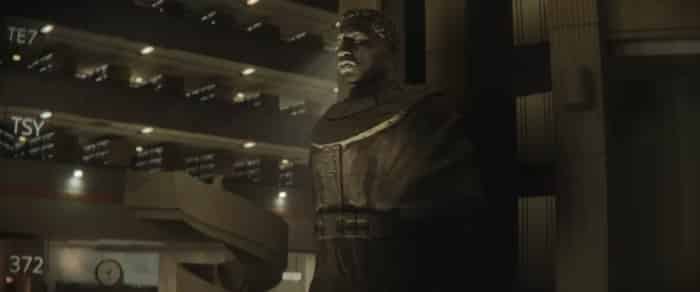
Does this mean we may see more of
Jonathan Mayors from here on out? In theory, yes, since his character has so many alternate versions that it would be no stretch to have him appear in every Marvel Studios film from here on out and make him responsible for everything we'll see in this
Phase 4. And if this is unlikely to happen, it may be that we will at least have the actor doing small parts in each of these productions, along with what we are used to seeing with
Stan Lee, to punctuate the presence of the Conqueror and his variants in this new world. Plus, there are all the implications for the story. Now that we know that the timeline has branched in infinite ways and that Kang is on his way, it's much clearer what we should see him in
What If...? and even
Doctor Strange in the Multiverse of Madness. And don't be surprised if Marvel finally releases the trailer for
Spider-Man: No Way Home and uses the events of Loki to justify bringing the three Spider-Men together.
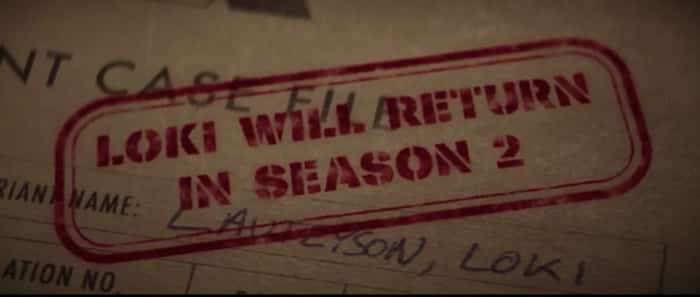
 If you watched the episode and still didn't understand who the character played by Jonathan Majors is, don't worry, because even though his name isn't mentioned at any point in the episode, we're really talking about the villain Kang the Conqueror, who is going to be the next big threat in Marvel's Cinematic Universe (MCU), as many have already speculated. This was a bet that fans had been making before the Loki premiere, and with each new episode, more elements emerged to reinforce that theory. Majors was already rumored to be a Temporal Despot in Ant-Man and the Wasp: Quantumania, but no one had any idea if he would appear in the series to confront Loki and Sylvie. And now we know that all that was right and that we are facing the villain - or one of his variants, to be more exact.
If you watched the episode and still didn't understand who the character played by Jonathan Majors is, don't worry, because even though his name isn't mentioned at any point in the episode, we're really talking about the villain Kang the Conqueror, who is going to be the next big threat in Marvel's Cinematic Universe (MCU), as many have already speculated. This was a bet that fans had been making before the Loki premiere, and with each new episode, more elements emerged to reinforce that theory. Majors was already rumored to be a Temporal Despot in Ant-Man and the Wasp: Quantumania, but no one had any idea if he would appear in the series to confront Loki and Sylvie. And now we know that all that was right and that we are facing the villain - or one of his variants, to be more exact.  To understand what is coming, it must be clear that there really is the He Who Remains in the comics, and he is not an alternate version of Kang. Instead, he is the creator of the TVA and the Timekeepers themselves - remembering that in the comics, these beings are not puppets, as in the series - to keep the flow of time stable. More than that, he is the essence of the temporal paradox since he is the last living member of the TVA who, at the end of time, creates these beings and the agency itself to monitor the timelines. So what we saw in Loki's final episode of the character as this great guardian of everything that has happened and what will happen corresponds to what the comics have shown us. However, the big difference lies in the fact that the series set aside the paradox to make the He Who Remains none other than one of the villainous Kang's variants. And that's where that whole explanation he makes to Loki and Sylvie becomes so important.
To understand what is coming, it must be clear that there really is the He Who Remains in the comics, and he is not an alternate version of Kang. Instead, he is the creator of the TVA and the Timekeepers themselves - remembering that in the comics, these beings are not puppets, as in the series - to keep the flow of time stable. More than that, he is the essence of the temporal paradox since he is the last living member of the TVA who, at the end of time, creates these beings and the agency itself to monitor the timelines. So what we saw in Loki's final episode of the character as this great guardian of everything that has happened and what will happen corresponds to what the comics have shown us. However, the big difference lies in the fact that the series set aside the paradox to make the He Who Remains none other than one of the villainous Kang's variants. And that's where that whole explanation he makes to Loki and Sylvie becomes so important.  In the comics, Kang's primary identity is Nathaniel Richards, a descendant of Mr. Fantastic, born in the 31st century, who discovers how to travel through time and from there goes on to conquer those worlds. And, as the series presented, this makes him have an infinity of variants, some even more villainous and others more heroic, as is the case of Iron Lad, a member of the Young Avengers. So it is at this moment, inclusive, that we get a brief preview of the character with the comics' look. That is why that version we see in the episode is not necessarily the villainous Kang everyone expected, but one of these alternative versions.
In the comics, Kang's primary identity is Nathaniel Richards, a descendant of Mr. Fantastic, born in the 31st century, who discovers how to travel through time and from there goes on to conquer those worlds. And, as the series presented, this makes him have an infinity of variants, some even more villainous and others more heroic, as is the case of Iron Lad, a member of the Young Avengers. So it is at this moment, inclusive, that we get a brief preview of the character with the comics' look. That is why that version we see in the episode is not necessarily the villainous Kang everyone expected, but one of these alternative versions.  And he anticipates what is to come when he says that if he were killed, a multitude of these evil variants would emerge and that it was of them that the character was afraid - because this encounter has already happened. The multiversal war we heard about in the first episode of the series has taken place, but in a slightly different way than the one shown by Miss Minutes. Instead of a clash of realities pacified by the Timekeepers, this clash happened because Nathaniel Richards' variants wanted to dominate each of these worlds, leading these realities to pure chaos. Thus, He Who Remains becomes the giant responsible for the TVA by finding a way to isolate his other versions and keep that time stream isolated thanks to the strength of Alioth, who is really a temporal watchdog.
And he anticipates what is to come when he says that if he were killed, a multitude of these evil variants would emerge and that it was of them that the character was afraid - because this encounter has already happened. The multiversal war we heard about in the first episode of the series has taken place, but in a slightly different way than the one shown by Miss Minutes. Instead of a clash of realities pacified by the Timekeepers, this clash happened because Nathaniel Richards' variants wanted to dominate each of these worlds, leading these realities to pure chaos. Thus, He Who Remains becomes the giant responsible for the TVA by finding a way to isolate his other versions and keep that time stream isolated thanks to the strength of Alioth, who is really a temporal watchdog.  As the variant explains well, his existence and the structure of the TVA served not only to keep the temporal flow in order and unified but also to prevent other realities from coming into contact. And now that none of that exists anymore, it means that the realities are clashing, and there is no longer any barrier preventing Kang's other variants from attacking the other worlds. In other words, the villain is loose to terrorize the MCU.
As the variant explains well, his existence and the structure of the TVA served not only to keep the temporal flow in order and unified but also to prevent other realities from coming into contact. And now that none of that exists anymore, it means that the realities are clashing, and there is no longer any barrier preventing Kang's other variants from attacking the other worlds. In other words, the villain is loose to terrorize the MCU.  Does this mean we may see more of Jonathan Mayors from here on out? In theory, yes, since his character has so many alternate versions that it would be no stretch to have him appear in every Marvel Studios film from here on out and make him responsible for everything we'll see in this Phase 4. And if this is unlikely to happen, it may be that we will at least have the actor doing small parts in each of these productions, along with what we are used to seeing with Stan Lee, to punctuate the presence of the Conqueror and his variants in this new world. Plus, there are all the implications for the story. Now that we know that the timeline has branched in infinite ways and that Kang is on his way, it's much clearer what we should see him in What If...? and even Doctor Strange in the Multiverse of Madness. And don't be surprised if Marvel finally releases the trailer for Spider-Man: No Way Home and uses the events of Loki to justify bringing the three Spider-Men together.
Does this mean we may see more of Jonathan Mayors from here on out? In theory, yes, since his character has so many alternate versions that it would be no stretch to have him appear in every Marvel Studios film from here on out and make him responsible for everything we'll see in this Phase 4. And if this is unlikely to happen, it may be that we will at least have the actor doing small parts in each of these productions, along with what we are used to seeing with Stan Lee, to punctuate the presence of the Conqueror and his variants in this new world. Plus, there are all the implications for the story. Now that we know that the timeline has branched in infinite ways and that Kang is on his way, it's much clearer what we should see him in What If...? and even Doctor Strange in the Multiverse of Madness. And don't be surprised if Marvel finally releases the trailer for Spider-Man: No Way Home and uses the events of Loki to justify bringing the three Spider-Men together. 

